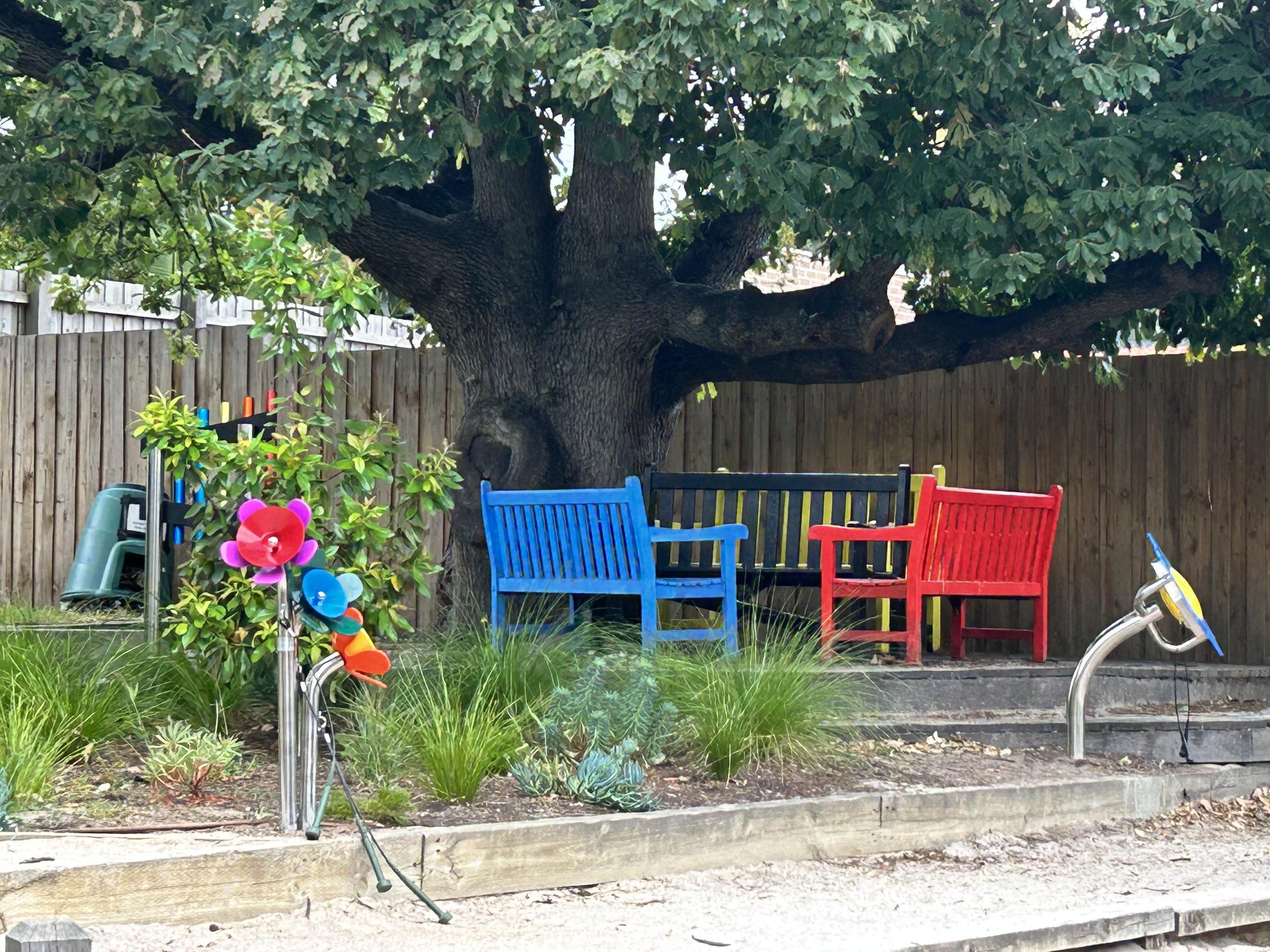Wellbeing
Amanda Howe | Assistant Principal

Wellbeing
Amanda Howe | Assistant Principal
The end of the educational year brings changes, both big and small, for children, young people and adults.
Transitions are defined quite simply as change They are a period where we must adapt to new circumstances, expectations, people, environments or routines.
Potential challenges and stresses
Everyone reacts differently to change – some find it exciting, some find it stressful, some hardly notice it happened.
Research shows that transitions to a new learning environment is a time of potential challenge and stress for children, young people and their families. For some, it brings excitement about making friends and learning new things, while for others the change can leave them feeling nervous and overwhelmed. Some adjust quickly to their new school environment; others can take many months to adapt.
What we might observe during transitions
Children and young people often communicate their feelings through behaviour. They rely on the adults around them to understand, acknowledge and interpret their behaviour, and provide a safe, secure, predictable space for them.
Transitions are successful when children and young people feel confident, secure and included – and these are all important protective factors for children’s mental health and wellbeing.
It’s normal for children and young people to have strong feelings about an upcoming transition, such as excitement about the prospect of going to a new year level or school, as well as nervousness about what lies ahead. Many children and young people may also feel sad or angry about leaving their current learning environment and the positive relationships they’ve established with educators and each other. Common feelings children and young people have during transition can include:
Understanding and helping children and young people to handle the feelings will help to reduce their stress and can provide them with positive coping strategies. Children and young people often have difficulty explaining in words how they are feeling – instead they might show their feelings through their behaviour. Behaviours you might observe include: clinging behaviour, restlessness, withdrawal, anxiousness, refusal to comply, avoidance, planning and organisation difficulties, crying and tantrums, regression to younger behaviours, volatility.
Supporting transitions and building resilience
We build resilience by learning and developing social and emotional skills – including coping skills. With these skills we manage life stressors, grow confidence and willingness to try new things, and seek and accept help when required.
Helping your child transition to the next grade in primary school is an important aspect of their academic and personal development. Here are some tips for parents:
Through School Transition
To support our students’ transition through the school we have a comprehensive program consisting of 3 transition sessions that take place in term 4. Students spend time in classrooms in their new year level undertaking activities which facitate familiarisation with teachers, learning activities, location and what the spaces look like. They participate activities which focus on the areas of English, Mathematics and Wellbeing. The final session, Step Up Day, is an opportunity for students to meet their next year's teacher and classmates.
We hope that your children are feeling comfortable with the coming year and all that it will bring.